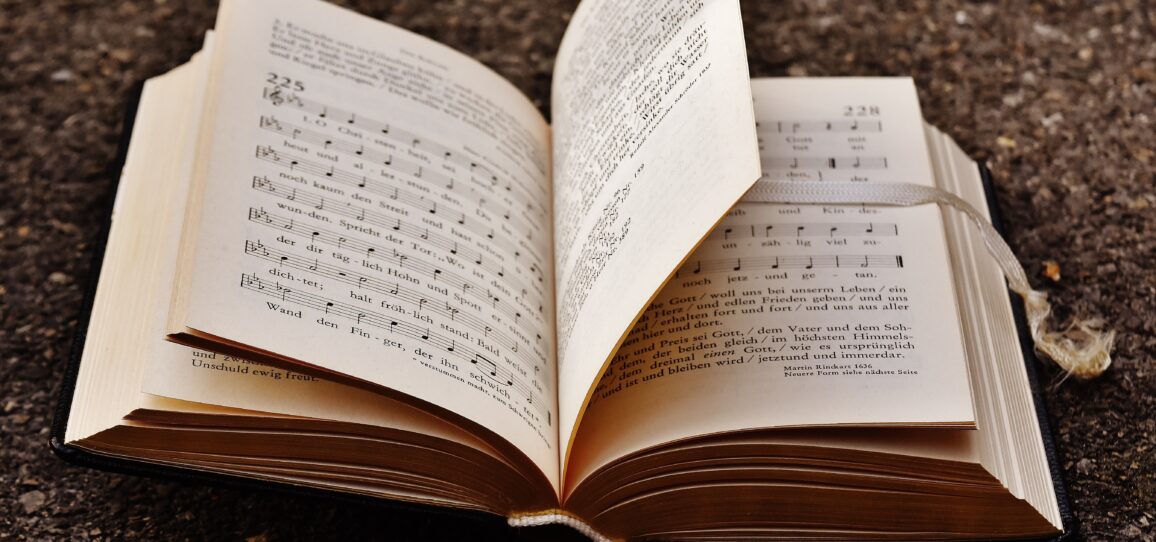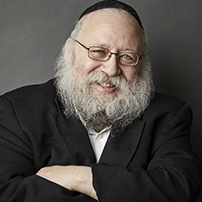
THE SECOND HALF OF PRAISE
Although we have already recited half of the Hallel (the special Psalms of praise to extol G-d for His miracles) before the meal, it is not listed as a separate entry in the simanim (symbols) of the Seder.
The Hallel we said earlier in the evening was actually part of the Mitzvah of telling the story of the Exodus, which, itself, is also a form of praise. We guarantee that our story telling isn’t just the telling of a story, by reciting the first part of Hallel, which references the Exodus from Egypt in a context of praise.
TWO DIMENSIONS OF PRAISE
On a deeper level, Hallel is more than just praise.
According to classical Jewish philosophers, we praise G-d because it helps us understand G-d’s greatness and goodness. G-d does not need our praise; we need to praise Him.
The mystical Sages have taught us that Hallel has a deeper dimension. Its name derives from the Biblical word behilo, meaning “to shine.” Much like human praise that assists in actualizing hidden qualities, praising G-d causes His light that is latent to shine brightly.
The Jerusalem Talmud states that the first part of Hallel corresponds to the Exodus from Egypt, whereas the second part of Hallel—that part which we recite after the Grace after Meals, alludes to the future Redemption.
Based on the Talmud’s differentiation between the two parts of Hallel, it may be suggested that the Hallel in the first half of the Seder is primarily for our sake; so that we appreciate G-d’s miracles and kindness.
In the second half of the Seder, however, where the focus is on the future Redemption that has been so elusive a goal, our recitation of Hallel is primarily a means to help reveal the hidden light of Moshiach and Redemption.


